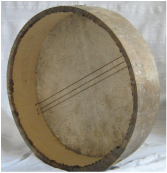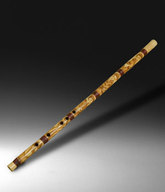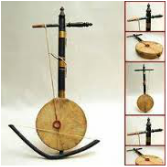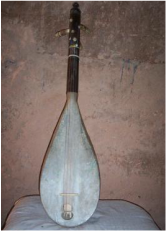Instruments of Berber Music
There are countless styles and sub-genres of Berber music, but for simplicity's sake Berber music can be represented by two styles: ahwash, found in the village, and rwais, groups of traveling professional musicians. These two groups are primarily vocal, and the instruments used vary widely. Below are some of the most common instruments used in Berber music.
Instruments of Ahwash
Instruments of Rwais
Percussive instruments include the naqus (a metal bell played with metal rods), the nuiqsat (small copper cymbals known as qraqeb in gnawa music), and the bendir. Ensembles are also sometimes accompanied by the oboe.




